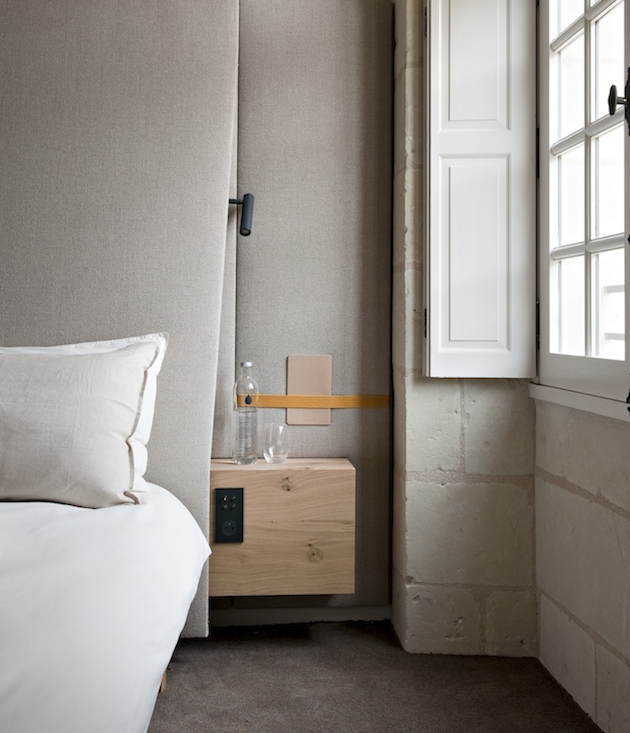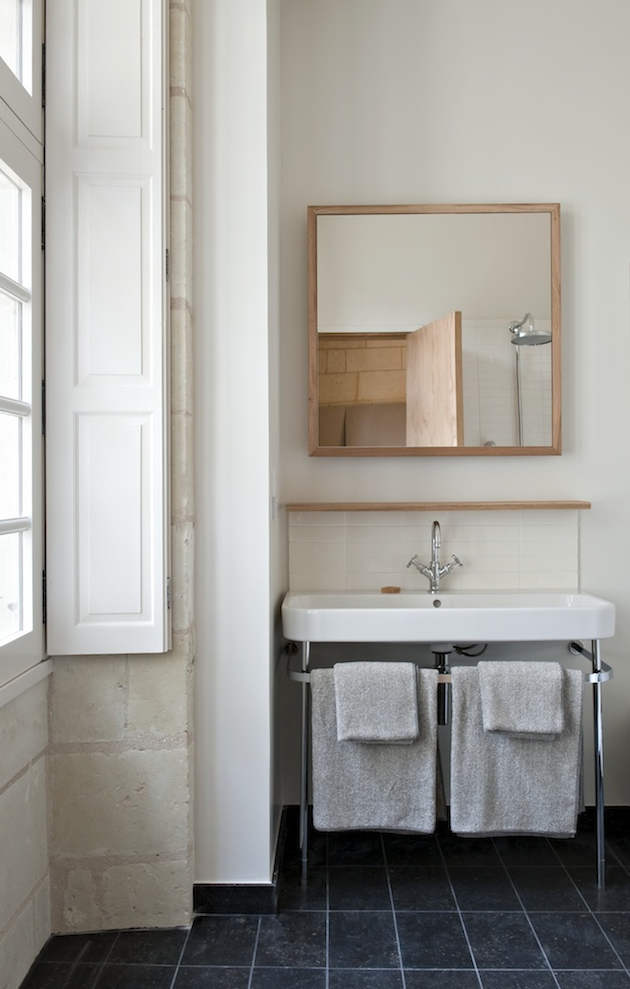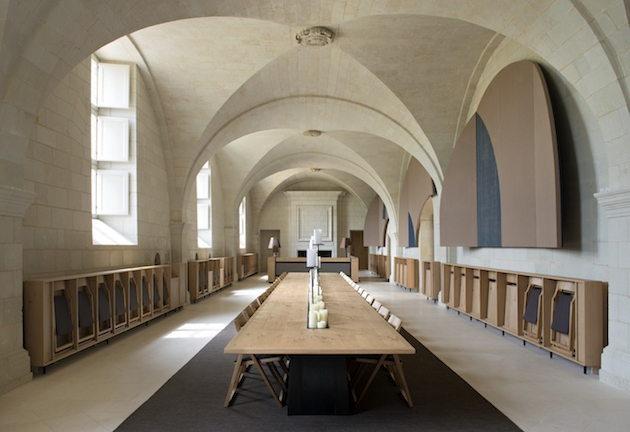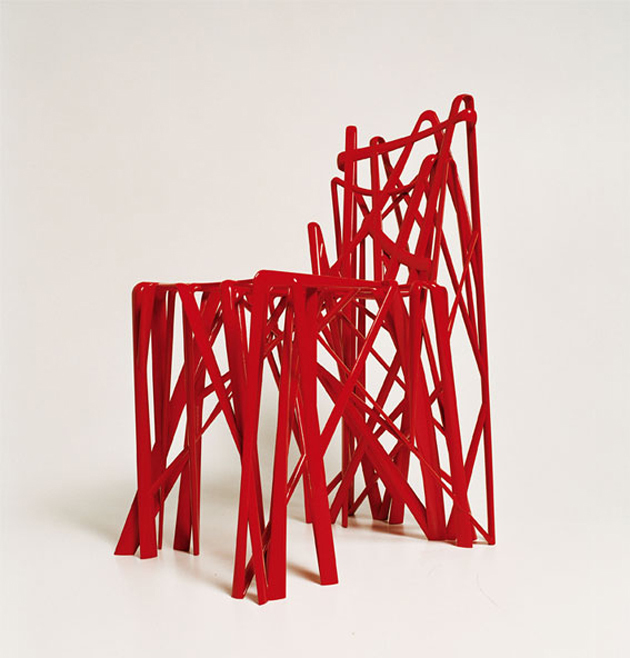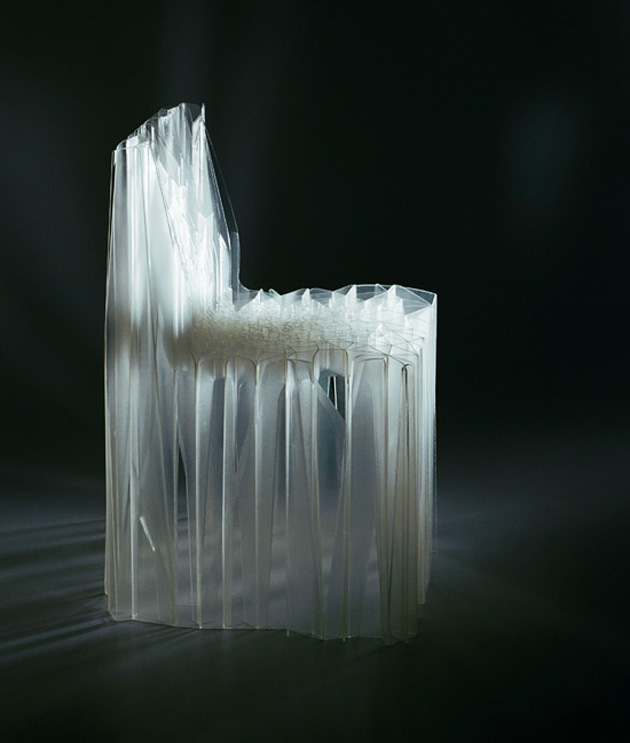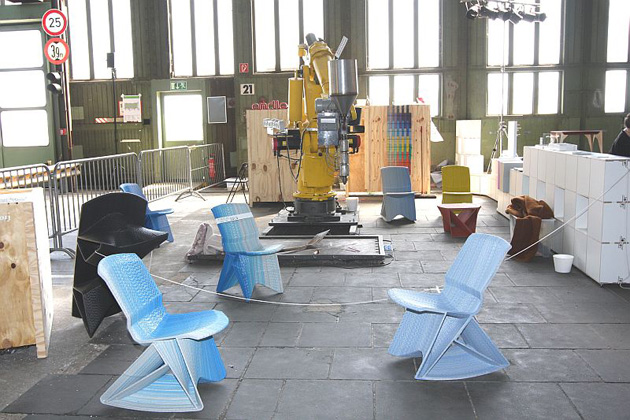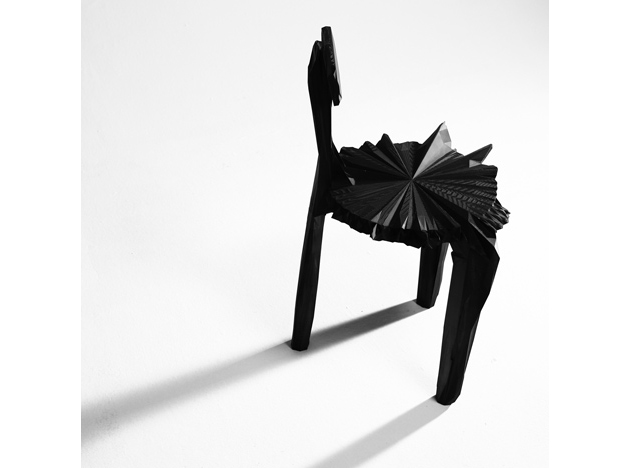
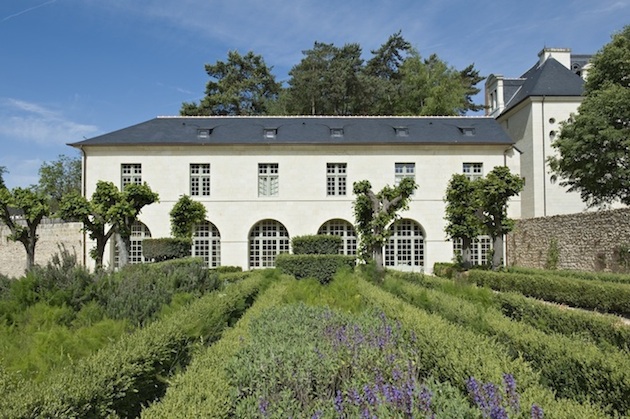
Taking shelter in the Loire Valley stands one of the largest monastic sites remaining from the Middle Ages. Converted to a modern hotel by a team led by Abbey Director David Martin and designer Patrick Jouin, creative director of Jouin Manku, the Fontevraud L’Hôtel has become a historical location with a future, rather than simply a site that reflects on the past. Patrick Jouin and Sanjit Manky is a design tandem whose works meet at the crossroads of industrial production and craftsmanship. In all of their projects they seek to maintain a balance between innovation and grace. Their latest project is a fine example of this rule. “What we wanted for Fontevraud was not the classic hotel and restaurant experience, but something unique; a journey between tradition and modernity that reinterprets the story of Saint-Lazare for the future, marrying emotion, sensual pleasure and poetry,” said the designers.
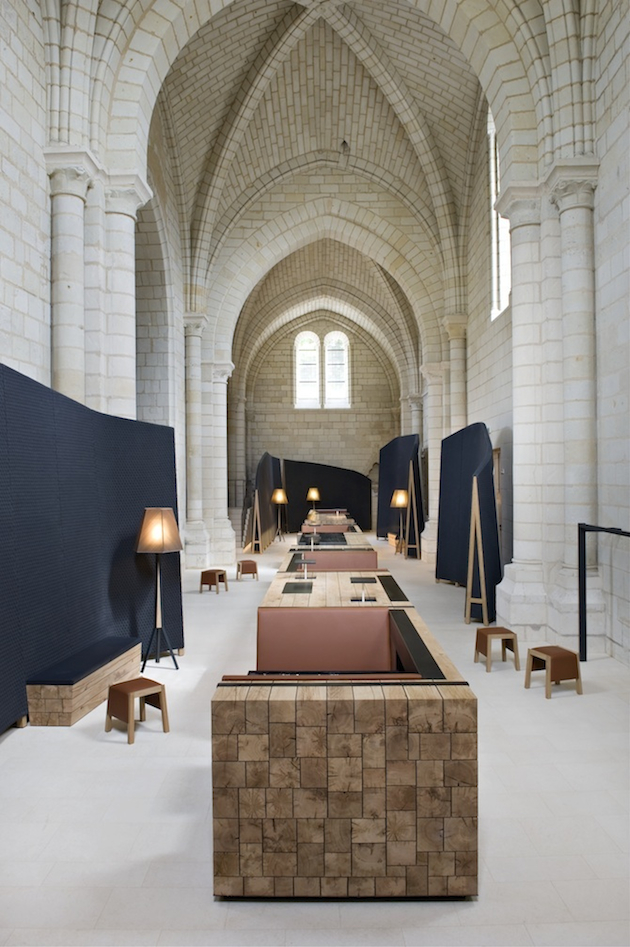
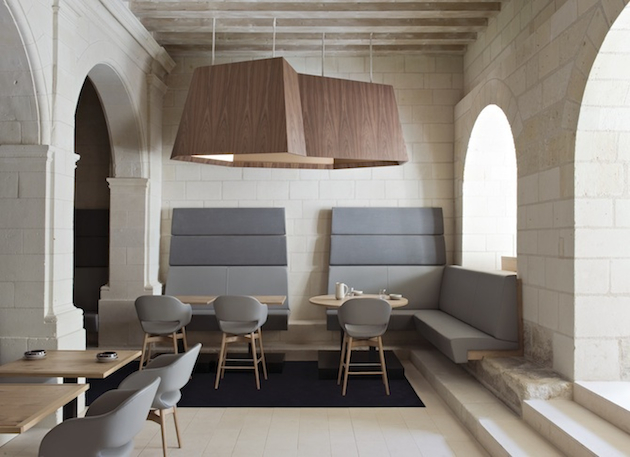
Built in 1101, the Abbey was open to both men and women from all backgrounds, including aristocrats and penitent prostitutes. In the early 19th century, Napoleon converted the monastery to a prison, saving it from certain destruction. It remained a prison and hospital until 1963, when it underwent a series of restorations which paved the way for its current incarnation. In 1980s it was first transformed into a hotel. Corresponding with the space which avoids unnecessary stylistic effects, the designers introduced their own pared-down and elegant style. This resulted as a sensual and refined interior of a mystical, ancient monastery.
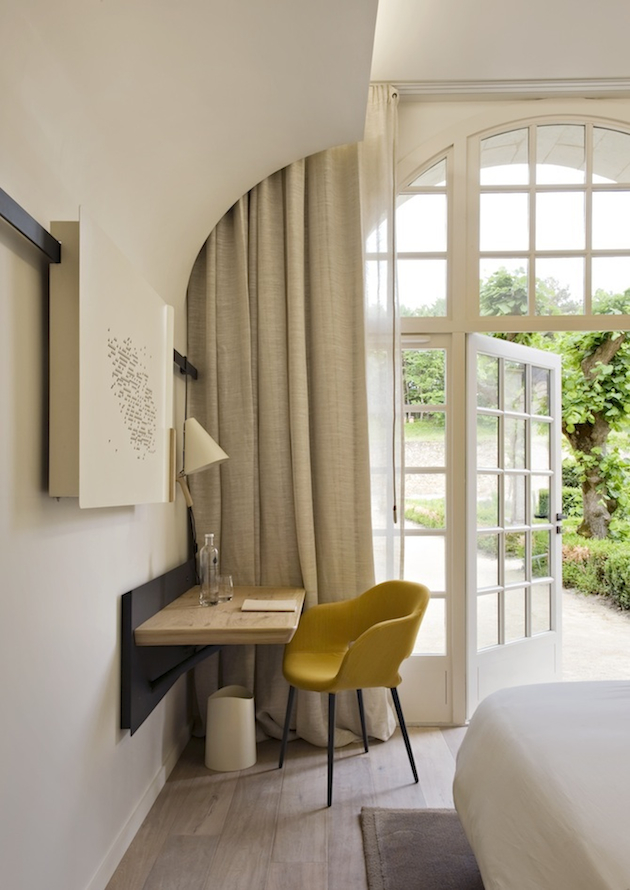
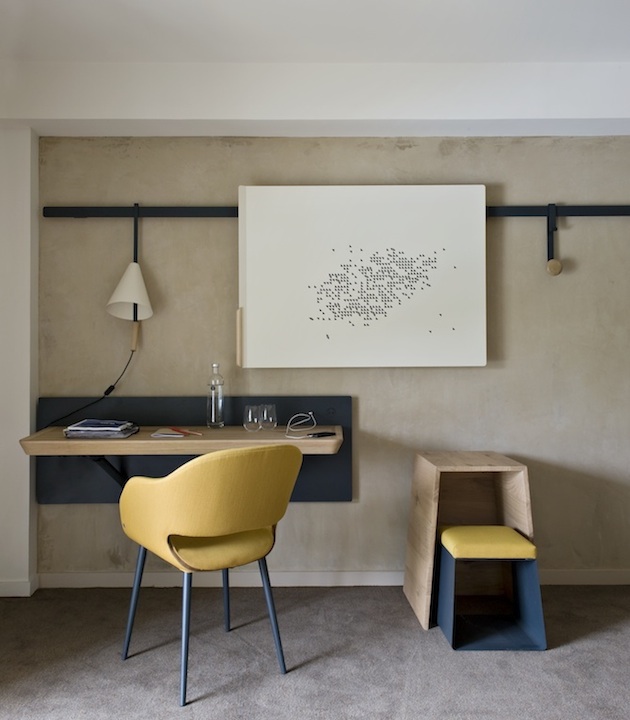
The vision for the Fontevraud L’Hôtel is that of a ‘Cité Idéale’ where cultural, intellectual, residential and commercial interests coexist through a commitment to hospitality, providing unique experiences for guests. The ability to inhabit history within the centuries old walls while enjoying modern comforts and haute cuisine is truly remarkable. Jouin’s contemporary design asserts itself amidst the breathtaking masonry of the Abbey in a contained yet striking manner. Martin describes the Fontevraud and it’s mission quite elegantly: “Between parchment and touch screen, we have written a new page, opened a new historical period, one where we can experience a vibrant living heritage, which, as well as celebrating its past, is forging itself a future!”
